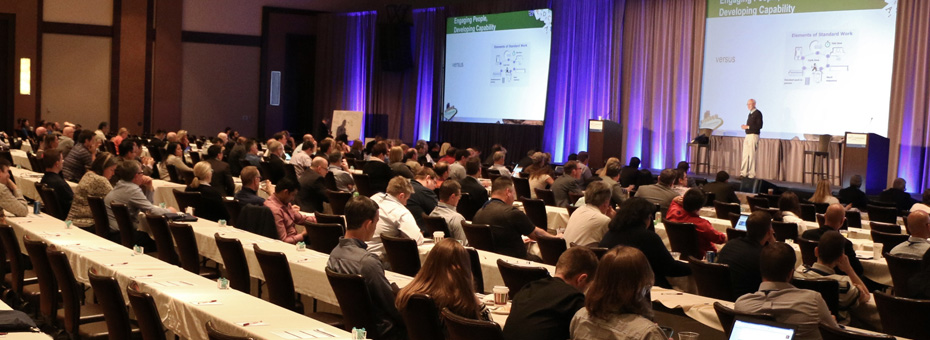Problem-solving is a critical cornerstone of a healthy lean culture. This has never been in doubt. What the real question comes down to is, how exactly does one create a culture of continuous improvement? The answer? Through the right management systems!
A culture of problem solving emerges when an organization has a management system that enables open and honest feedback, asking the right questions, and respect for people and their ideas. This is such a popular topic that we’re devoting an entire summit to just that: Managing to Create Problem-Solvers. Here are a few of our speakers and what they’ve published about management systems that create problem solvers:
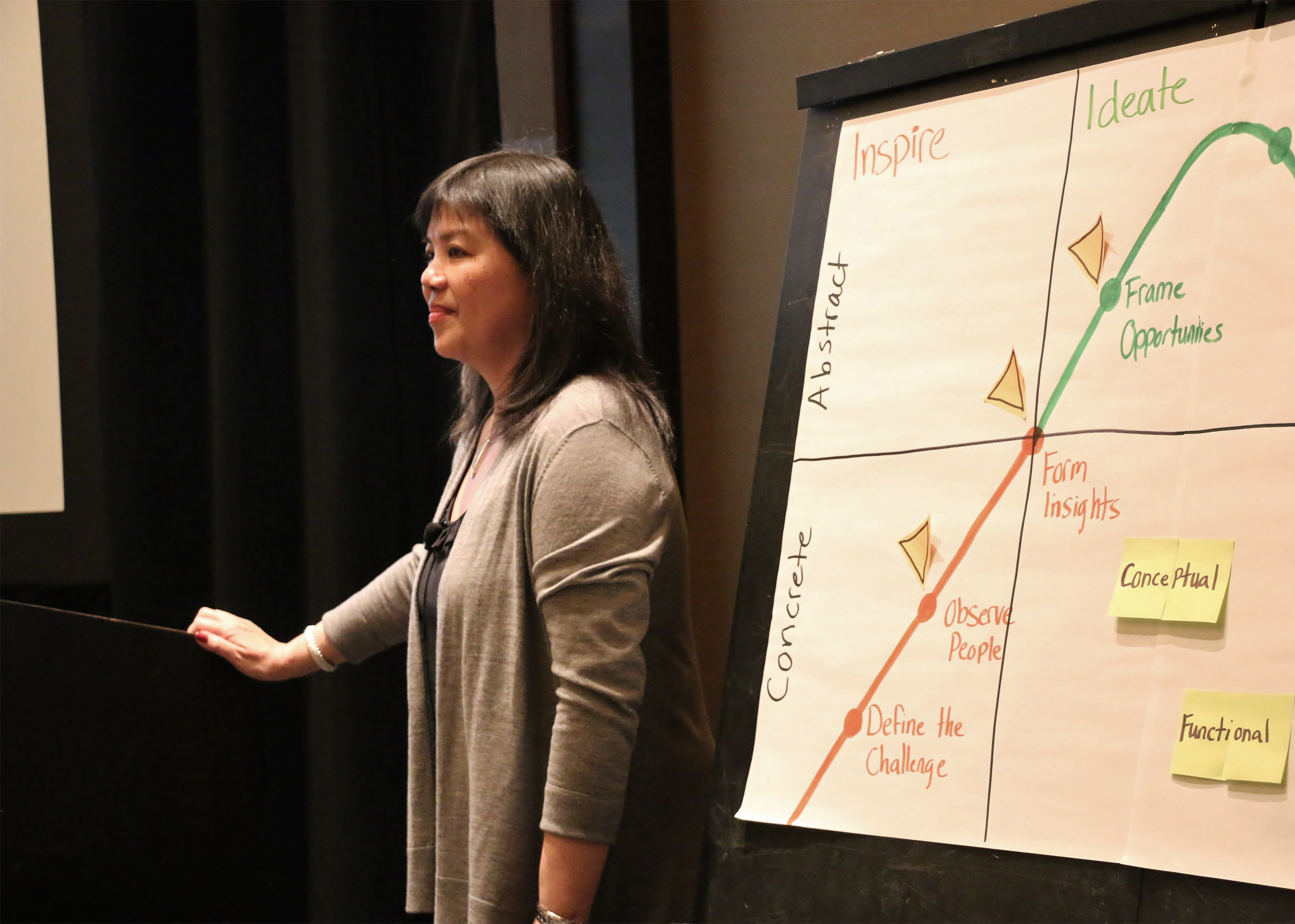
One of the best ways to foster of culture of learning and coaching is to learn to communicate with respect, a topic of this article by LEI Executive Director Alice Lee. She says, “people learn best when they have context. We also learn and hear things differently depending on where we are in our learning curve as well as our change curve. People may respond to the same question differently as they progress along each of these curves. As a result, as leaders, how we design and deliver communication must take into account the purpose of the communication (i.e. what problem are you trying to solve?) and audience (i.e. who are these people, where are they in terms of knowledge and skill development, and whereare they in their ability to accept change?).”
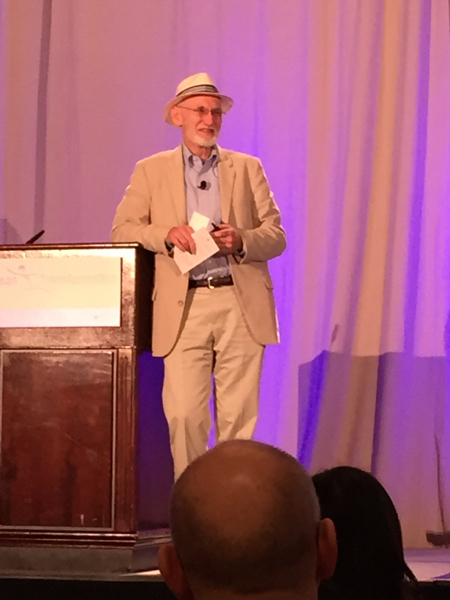 In many ways the core theme of the summit is about changing a culture, something that is almost impossible to do via a top-down “Push”. Experts like Edgar Schein of MIT argue that you cannot change a culture by trying to do so directly. John Shook shares his personal experience, and lessons of how NUMMI was able to undergo a radical cultural change under its partnership with Toyota decades ago. One powerful takeaway for him: “What I learned was most powerful at NUMMI was to start with the behaviors, with what we do. Define the things we want to do, the ways we want to behave and want each other to behave, provide training, and then do what is necessary to reinforce those behaviors. The culture will change as a result. That’s the right side arrow, running top to bottom. This is what is meant by, ‘It’s easier to act your way to a new way of thinking than to think your way to a new way of acting.’”
In many ways the core theme of the summit is about changing a culture, something that is almost impossible to do via a top-down “Push”. Experts like Edgar Schein of MIT argue that you cannot change a culture by trying to do so directly. John Shook shares his personal experience, and lessons of how NUMMI was able to undergo a radical cultural change under its partnership with Toyota decades ago. One powerful takeaway for him: “What I learned was most powerful at NUMMI was to start with the behaviors, with what we do. Define the things we want to do, the ways we want to behave and want each other to behave, provide training, and then do what is necessary to reinforce those behaviors. The culture will change as a result. That’s the right side arrow, running top to bottom. This is what is meant by, ‘It’s easier to act your way to a new way of thinking than to think your way to a new way of acting.’”
Coaching, mentoring, and improvement all have to do with improving one’s mindful approach to work. Presenter Mark Donovan explores how Vipassana meditation helps sharpen lean thinking. “We were working in the mind’s gemba. While there was an obvious focus of strengthening the mind’s power and ability to concentrate, what struck me was this was accomplished by removing the “waste” (all of the unneeded stimuli to which the mind was previously jumping). Furthermore, as the sub-conscious mind gets re-trained to not automatically react but observe everything calmly with an equanimous mind, old baggage starts to rise to the surface and a purification process begins.”
Personal Kanban guru Jim Benson will be running a workshop helping individuals to leverage their individual creativity, sharing the elements of a system that David Drickhamer explains in Personal Kanban: You Can’t Manage What You Can’t See.
Lean rock stars Tracey and Ernie Richardson will be supporting the summit theme by sharing what they’ve learned personally about the way Toyota engages its people on a path of learning. Tracey’s Post on Leading and Learning the Toyota Way expands on this. “If you want to really lead and work for your people — I often teach about how Lean is a form of servant leadership — then you must demonstrate leadership at the gemba in real time, asking questions and understanding the current situation. Pass this mentality on to other leaders and subordinates. This is the key to success not only for you as the leader, but for the organization as a whole. Leading and learning creates long-term organizational sustainability through continuous improvement.”
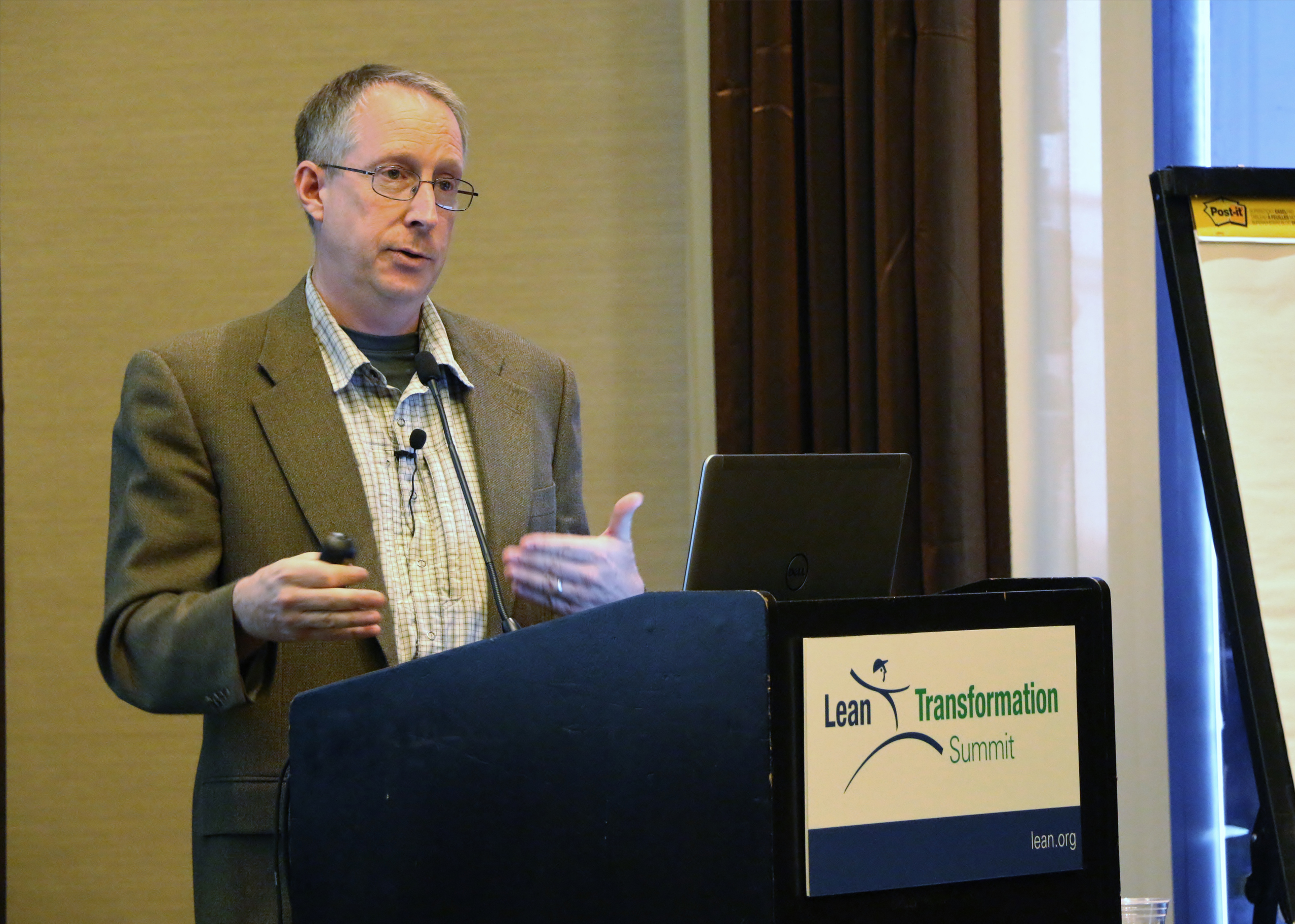 Art Smalley, whose book “The Four Types of Problem-Solving” will be published by LEI later this year, reveals the way that problem-solving is at the core of any lean transformation. In a two-part Q&A (part 1; part 2) he shares ways to avoid a one-size-fits-all approach.
Art Smalley, whose book “The Four Types of Problem-Solving” will be published by LEI later this year, reveals the way that problem-solving is at the core of any lean transformation. In a two-part Q&A (part 1; part 2) he shares ways to avoid a one-size-fits-all approach.
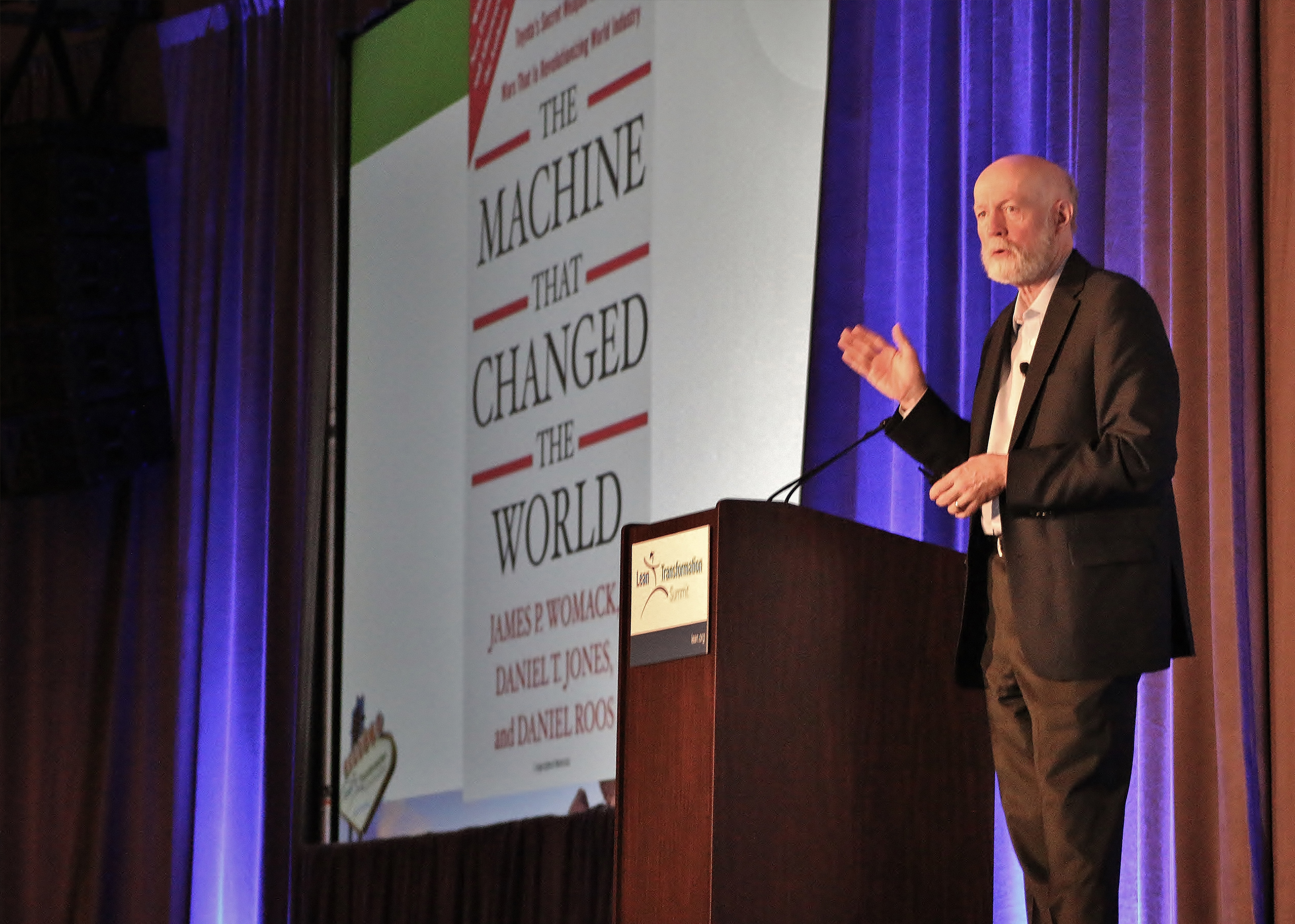 Finally, LEI founder and lean thought leader Jim Womack will take stock of the need for these ambitious goals of creating lean organizations that sustain and deepen their practice over time. His thoughts on Lean for the Long Term provide guidance for us all: “So where do we go from here? First we need to acknowledge a simple but awkward fact: The right lean management system for each organization can only be discovered through experimentation in the form of PDCA. And this requires a dialogue in each organization about the value-creating work of management and how to merge it with sustainable processimprovement. Indeed, a discussion of how to make continuous improvement a core activity of line management.”
Finally, LEI founder and lean thought leader Jim Womack will take stock of the need for these ambitious goals of creating lean organizations that sustain and deepen their practice over time. His thoughts on Lean for the Long Term provide guidance for us all: “So where do we go from here? First we need to acknowledge a simple but awkward fact: The right lean management system for each organization can only be discovered through experimentation in the form of PDCA. And this requires a dialogue in each organization about the value-creating work of management and how to merge it with sustainable processimprovement. Indeed, a discussion of how to make continuous improvement a core activity of line management.”
